Last Of Us Part 2: A Cinematic Masterpiece That Transcends Gaming
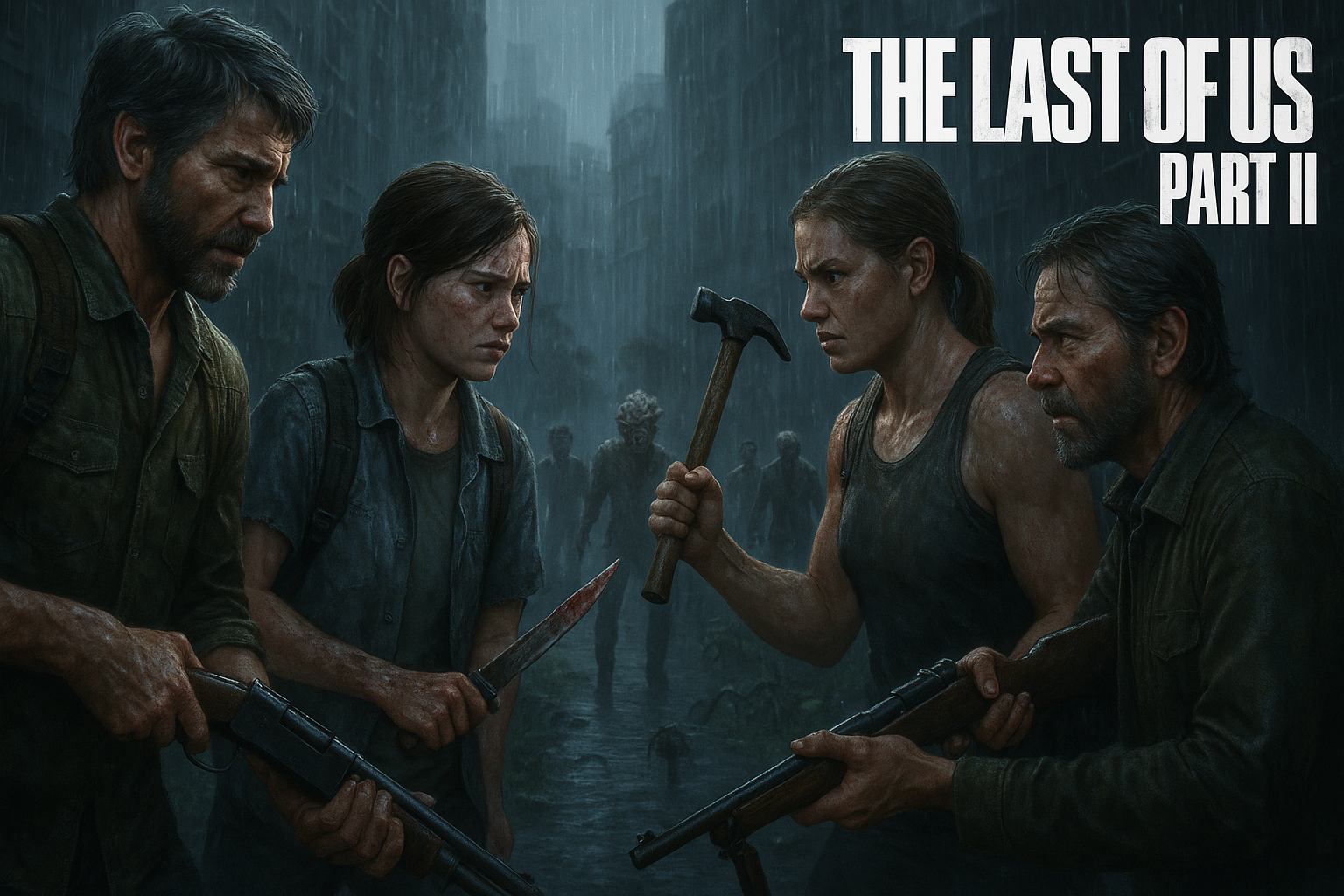
Spoiler Warning: This review is packed with major spoilers!
Man! Where do I even start? The journey of Last Of Us Part 2 is so emotional that I have to say it: it’s not a game, it’s a freaking movie. I usually don’t write long reviews about games, but I just had to share everything I felt. I’ve just completed the game—the credits are rolling as I write this—and the music is breaking my heart. I don’t know how well I can present this to you, but let’s dive in.
A Raw, Emotional Story
We begin with Ellie. After a rough night where she’s been in a fight with her people, she wakes up agitated and joins a patrol with her friend Jesse—a very good-looking guy with undeniable charisma. The characters are introduced so well; even the little tutorial fight with the kids feels like a perfect touch. Then, we meet Ellie’s future girlfriend, Dina—another striking character.

On patrol, we learn that Ellie is mad at Joel because he interrupted the previous night’s events. At this point, we don’t fully understand why Ellie is in such a foul mood. Slowly, the worst happens. Even though I’d heard rumors of Joel’s demise in this “old” game, nothing prepared me for the shock of watching him die. Joel, who was helping some people, ends up imprisoned and tortured. I could literally feel what Ellie must have experienced when she had been planning to settle things with him—seeing him die right before your eyes is truly gut-wrenching.
By the time Joel’s fate is sealed, Abby, who had been presented as the antagonist up until now, suddenly becomes a much more complex character. With Joel dead, both Ellie and Tommy (Joel’s brother) are furious with pain. Tommy even insists that Ellie shouldn’t go alone on her quest for justice, but she—joined by Dina—determines otherwise. They plan to leave at midnight, and even though Tommy leaves a note for his wife before departing (naturally, she’s furious, as expected), Ellie remains resolute.

Soon, Ellie’s plan to join forces with Tommy to exact justice starts taking shape. On the way through a world filled with both humans and infected, Ellie and Dina find a safe haven in a movie theater. There, Ellie learns that Dina—who turns out to be Jesse’s ex—is pregnant, which makes her all the more sympathetic. Ellie leaves her there so she’s safe, then moves on to hunt down Abby. In her critical state, Jesse returns to help her; the bond between them is evident. As Ellie’s fury grows, she cares about nothing but killing Abby.
The climax of that segment is brutal. Ellie, Jesse, Dina, and Tommy unite, only for Abby to appear with a loaded gun. In a mere second, Jesse dies—a shock moment that hit me hard. Abby’s anger is palpable because Ellie had killed two more important friends, including a pregnant woman. Just when I thought the story was nearing its end, we start playing as Abby and discover her side of the tale. I absolutely loved the director’s approach here. We’re introduced to Abby’s friends and see how their tight-knit group survives in the chaos of this world—they’re on regular patrols, visiting schools, practicing at gun ranges, and generally living a systematic life that contrasts sharply with Ellie’s group.

Soon after, we learn the heartbreaking reason behind Abby’s relentless vendetta: Joel killed a doctor—the same doctor who was about to operate on Ellie. With the doctor wielding a sharp weapon in his hand, Joel had to shoot him right in the brain. And guess what? That doctor was Abby’s dad. Witnessing her father’s lifeless, bloody body set Abby on her path, honing her skills and dedicating her life to bringing Joel to justice.
Gradually, Abby forms a bond with two strangers embroiled in their own tribal conflict, and the three become inseparable. At this point, I started to feel that Abby was emerging as the main character, while Ellie gradually turned into the antagonist. Hat’s off to the director—every character is so finely detailed that you instantly connect with them and understand Abby’s motives.

Then, as fate would have it, Abby learns that her close friends are dying because of Ellie. A heartbreaking scene unfolds in the movie theater: as Abby rushes in, she instantly kills Jesse like he’s just another random guy, and similarly, Tommy kills one of Abby’s friends with equal nonchalance. The slow realization of Abby losing her dear friends is profoundly painful, and it made me feel that Ellie’s team wasn’t a good influence at all.
And then there’s the fight with Ellie—the worst boss battle ever made in the game’s history. I hated it with every fiber of my being. Even though Abby is furious, she remains protective like an older sister toward a stranger named Lev. In one intense moment, Abby is about to kill Ellie but stops upon noticing Lev, warning her that if she ever crosses paths again, there will be no mercy. It’s even more heart-wrenching to think Abby could’ve killed Dina—especially knowing Dina was pregnant—but she restrained herself. I was clutching my controller, pleading, “please don’t, please don’t!” I truly appreciated this moment; Abby’s steadfast focus on her goals and morals shone through.
The Aftermath and A Turn in the Tale
Fast forward a few months: Ellie and Dina appear to be living a peaceful life with their child, yet Ellie is haunted by the brutal memory of Joel’s death. Tommy returns, injured from an encounter with Abby (she shot him in the theater, after all), and shares Abby’s next move. But both Dina and Ellie refuse to continue down that grim road—Tommy, understandably frustrated, leaves.
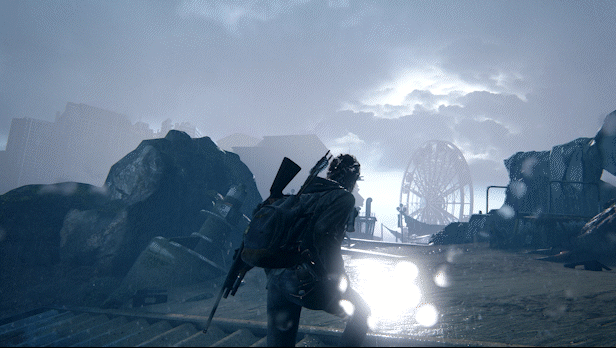
That same night, unable to sleep and desperate for revenge, Ellie embarks on a dangerous mission despite Dina’s tearful pleas. Captured by another group, Ellie soon discovers that Abby is also being held captive. In a heroic act, she fights her way in, finding a weakened, bleeding Abby tied to a pole. Ellie helps Abby and Lev escape to a boat—but her thirst for vengeance remains unquenched.
What follows is one of the most cinematic fights I’ve ever witnessed. The music, the sheer intensity, and the raw emotion on both sides are unforgettable. Although Abby is weakened and Ellie injured, they exchange blows in a battle as tragic as it is beautiful. At one point, Abby even bites and removes two of Ellie’s fingers—yet Ellie refuses to relent. Then, thinking of Joel, Ellie abandons her quest for revenge, urging Abby to take Lev and move on.

Throughout that fight, my heart pounded like a machine gun, and my controller trembled like an earthquake—I could feel every single moment, and I was on the verge of tears yet again. After the battle, Ellie returns home to find Dina has already left. In a moment of profound isolation, Ellie notices Dina’s belongings are gone and that she’s now clutching her guitar with two less fingers, unable to play. As she wanders alone through a vast house, a quiet moment unfolds where Ellie reminds herself of Joel’s memory and attempts to forgive. The camera lingers on the lonely guitar and then on Ellie walking into the fields—possibly in search of Dina. This story is brimming with shock, emotion, fury, love, and fun, each moment more unforgettable than the last.
Gameplay, Graphics, and More

Gameplay-wise, Last Of Us Part 2 is a noticeable step up from Part 1. Playing as Ellie, you’ll notice many similarities to Part 1, given her training under Joel. But everything changes once you take control of Abby. Abby brings a whole new arsenal of guns, skills, and sheer physical strength—a powerhouse determined to avenge her father. Honestly, I found playing as Abby more refreshing and engaging than playing solely as Ellie.
Graphically speaking, let’s be honest—I’m not always about ultra-realistic visuals. I love that game-y feel where moments still carry an artistic vibe. In this game, although it doesn’t boast the hyper-realism of an Unreal Engine 5 demo, every detail is meticulously crafted. You can see every subtle emotion in the characters’ faces and body language. Recognizing their emotions simply through their eyes is insane and speaks volumes about the incredible work of the team.
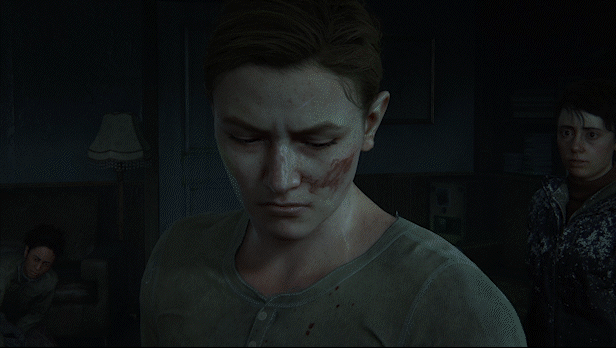
Every visual element is a masterpiece—from the environment and character models to the cinematic moments, conversations, facial animations, and even the nuanced movements. Controlling these characters felt like truly living in their world.
On the gameplay side, I absolutely loved the small details, like the safes. You need a combination to open them, but you don’t actually have to know the full code—the right number in the right spot emits a distinct sound, making it possible to crack the safe like a pro thief straight out of an Italian movie. The crafting is basic, yet the balance of items you find in the world is spot-on. The more you explore, the more new weapons, abilities, and resources you unlock. It forces you to move around and appreciate the stunning world they’ve prepared. I adore the tactile satisfaction of handpicking every single item. Even the shooting mechanics, with all their “janky” charm, add to this unique experience. And the weapon upgrade table is fantastic—upgrading isn’t just a click; you’re literally assembling additional parts to improve your arsenal.

I’ve saved the best for last: the music. Man, oh man, I freaking love the music in this game—the guitar sequences where you play a few chords and then the characters take over with their singing. I truly wish more games would integrate music like this. Music is an essential part of life, and the director knew just how to weave it into the game to touch your soul—even if it’s just a single note on a guitar.
Who Was Right? Ellie? Abby? Joel?
Let’s get real—everyone is right in their own way, and that’s precisely what makes this game so layered and compelling. Joel killed the doctor because, without that decisive act, the doctor might have killed Ellie—the girl he cared for like his own daughter—and Joel claims he’d do it all over again if given a second chance. I can understand that logic.

Ellie was understandably enraged at Joel because she was seen as the key to fixing everything—or perhaps everything was doomed. The Fireflies might have exploited the cure for profit rather than healing, and Ellie’s relentless search for Abby made perfect sense; witnessing the brutal murder of a father figure makes anyone want revenge. Ellie was a beast, leaving nothing behind in her quest to obliterate anyone who stood in her way.
And what about Abby? Abby was never entirely wrong. Living her life peacefully until her father was brutally murdered by Joel, she became singularly focused on avenging him. In fact, I feel that Abby was more sensible in her decision-making—she was determined to kill Joel and no one else needed to suffer. That’s why, even in the heat of battle, she left Ellie and Tommy behind.

I may have missed a few nuances here, but this game forced me to confront these complicated emotions head-on. Not every moment was sublime—certain gameplay sections felt unnecessarily prolonged—but overall, the sheer variety of experiences, from explosive action to quiet, heart-wrenching moments, was unforgettable.
Technical Tidbits & Conclusion
On the technical side, the game performed perfectly for me except for a single crash toward the end. I kept it locked at 90fps, not wanting to push my GPU further, and the smooth experience is a testament to the optimization work done by Naughty Dog and Nixxes Software.
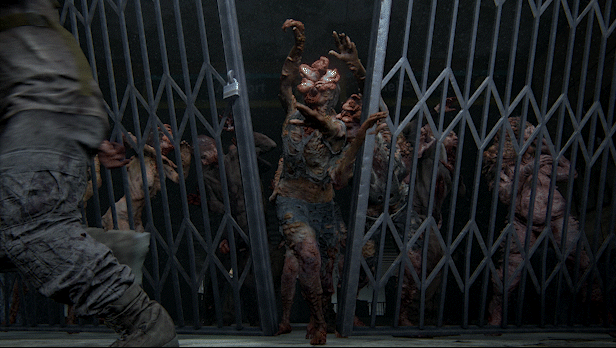
I will highly, highly recommend everyone to play Last Of Us Part 1 and Part 2 at least once in their lifetime. It is a story so rich and compelling that you will love it, even if—trust me—I’m not begging for a Part 3. Let’s just end this saga on a high note. And kudos to all the voice actors—excellent job, everyone! Overall, this was a solid 9/10 experience for me.
I don’t know who will read this through, but if you are here—thank you so much.
For those interested in more in-depth discussions on remasters that tug at your heartstrings, check out my previous post here.
One thought on “Last Of Us Part 2: A Cinematic Masterpiece That Transcends Gaming”
- Pingback: Mafia: The Old Country – A Return to the Franchise’s Roots? • Board Activity
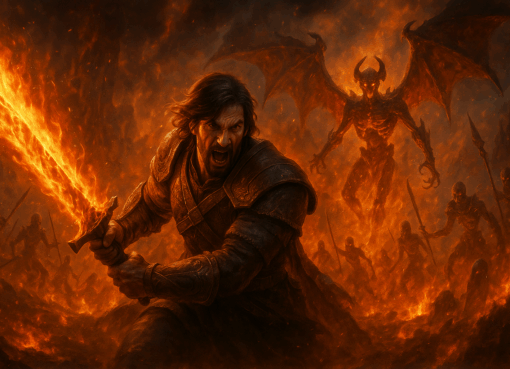
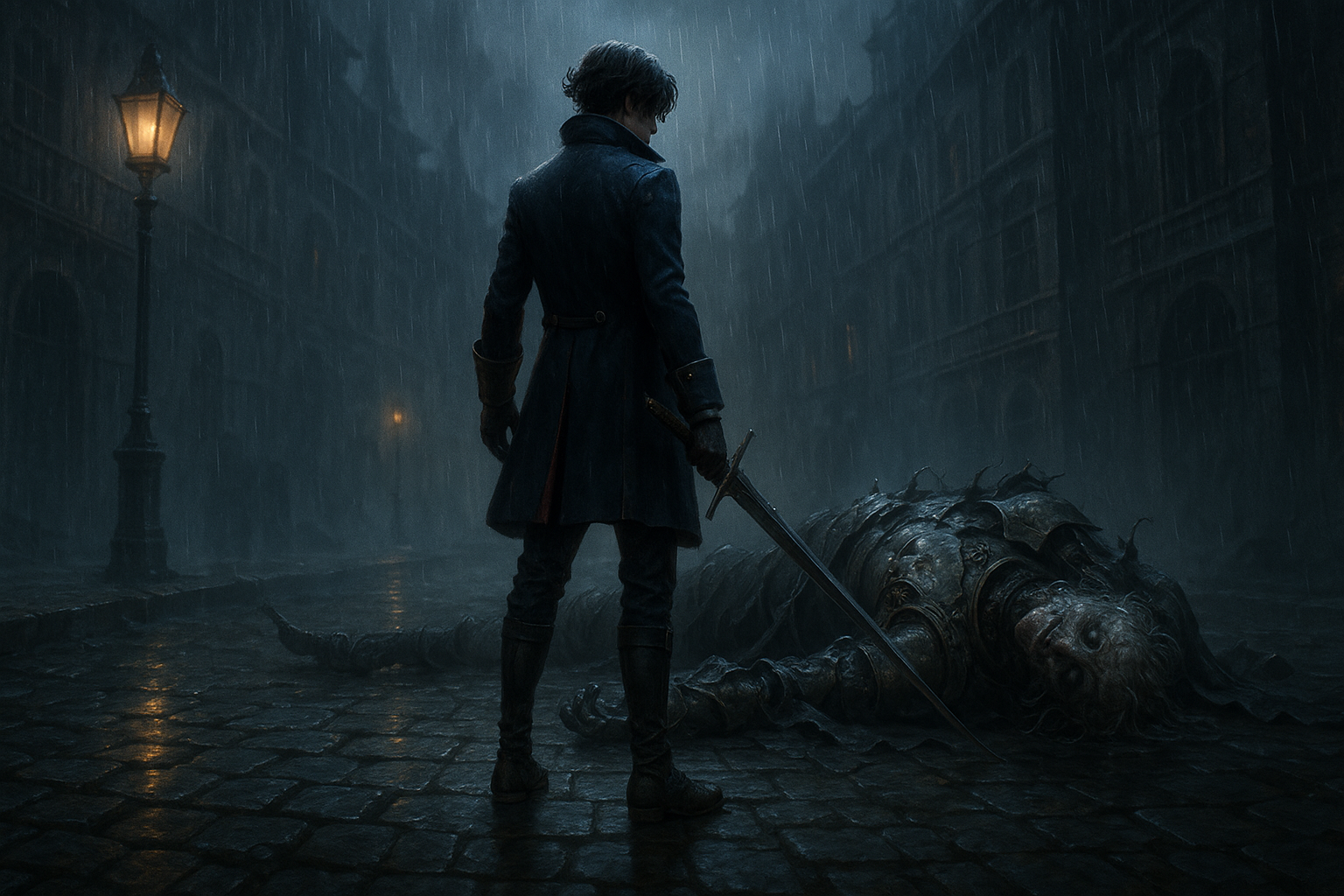
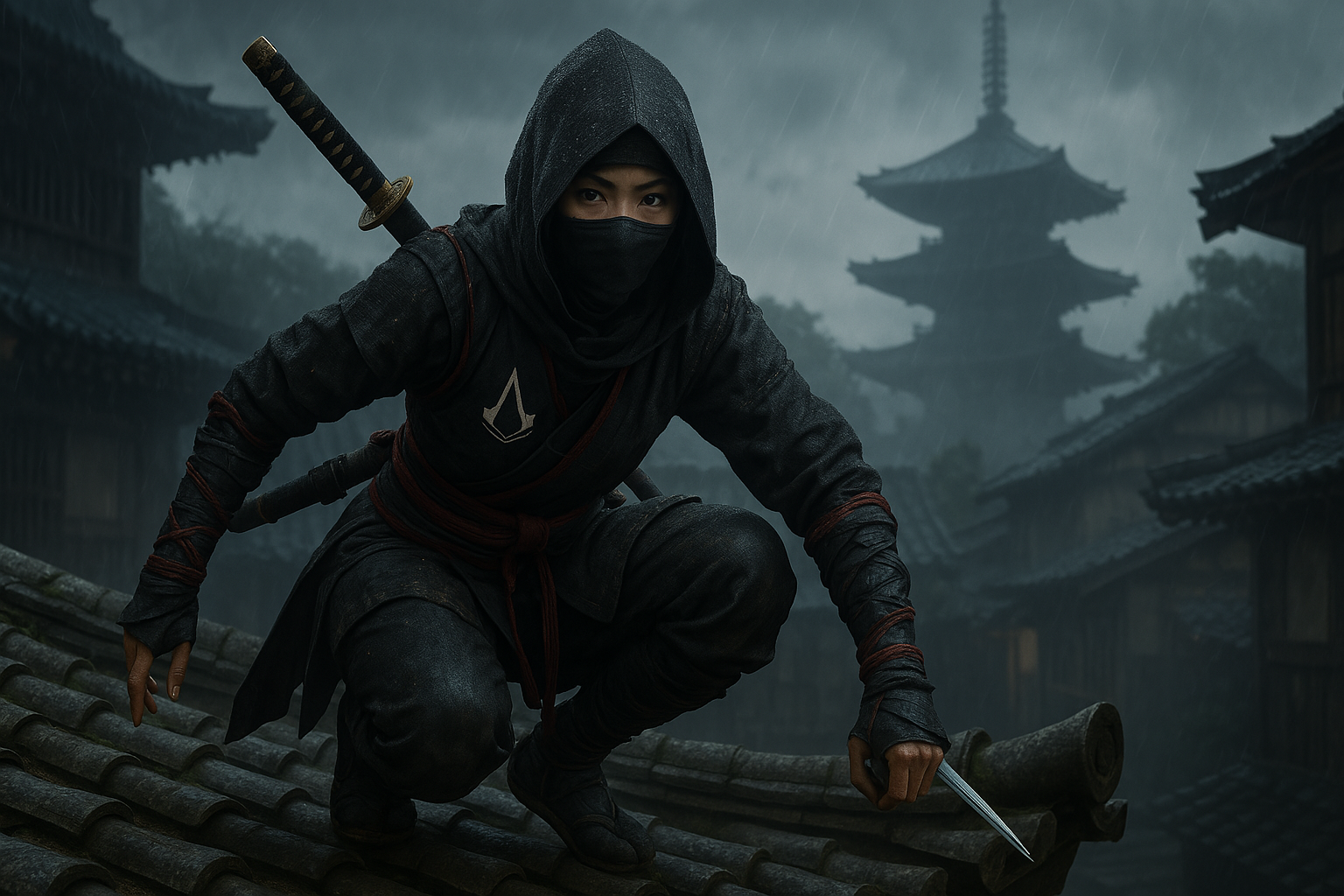
Leave a Comment